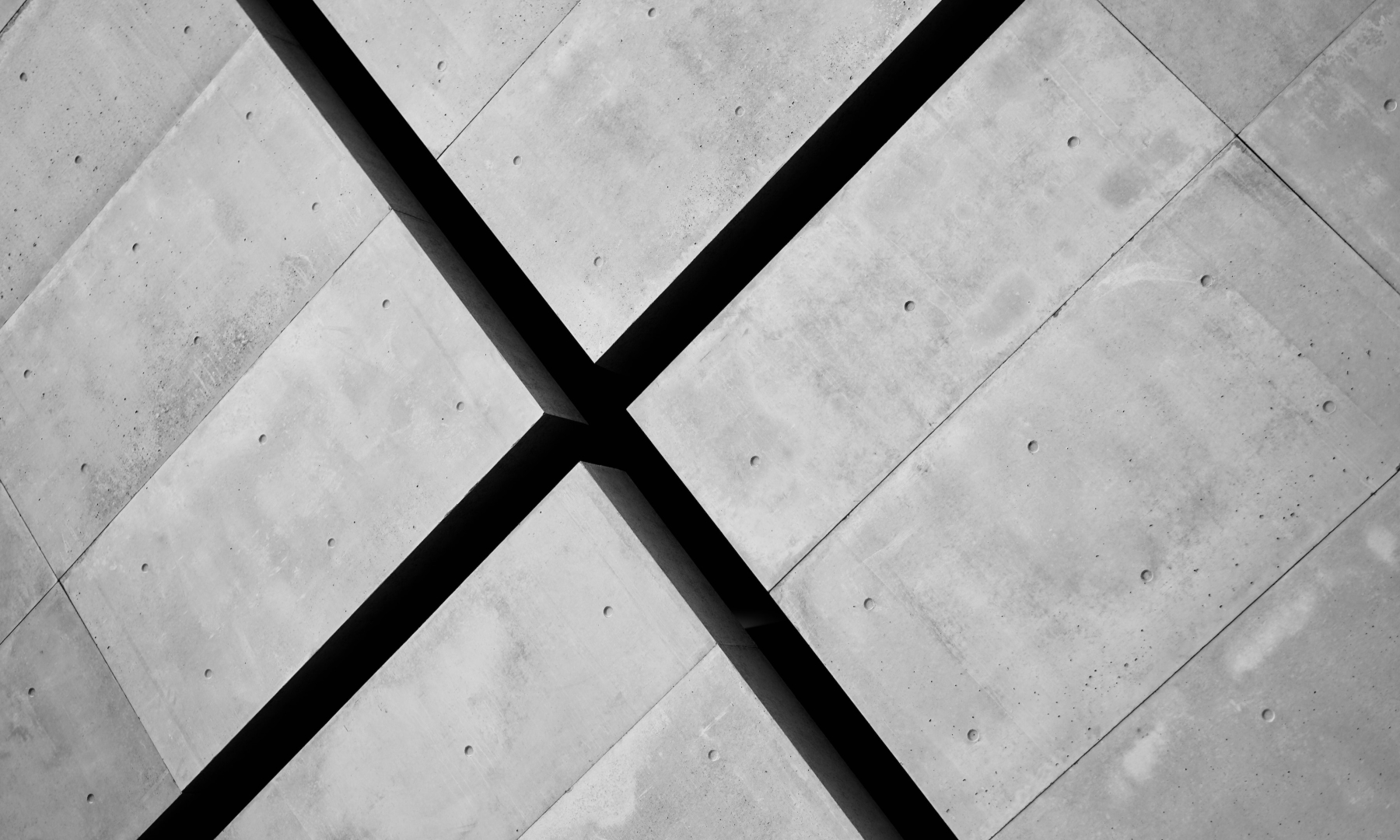
Concrete is the cornerstone of Australia’s built environment. With about 70 million tonnes of premixed concrete produced every year (CCAA, 2022), it is the most widely used building material in the country. Yet, concrete – due to its raw material acquisition, processing, transport, and recycling – contributes a significant share to Australia’s CO2 emissions.
Through innovation collaboration across three research programs, SmartCrete CRC creates pathways to design, develop and commercialise innovative materials, technologies and processes that accelerate Australia’s transition to net zero concrete.
Australia’s cement and concrete industry has long been focused on reducing its environmental impact and, since 2000, Australian manufacturers and suppliers have steadily reduced CO2 emissions by 25%. Yet, the challenge of decarbonising and meeting Australia’s net zero goals by 2050 will require further research and innovation into low carbon materials such as new clinker content, alternative binders and cement formulations.
SmartCrete’s Sustainable Concrete program brings together material experts from industry, research and the wider construction and building sector to design, develop and test sustainable materials – new and recycled – to be used in wide range of concrete applications.
The program focuses on
Outcome
Buildings. Bridges. Roads. Dams. Concrete underpins every aspect of Australia’s economy and modern way of life. Economic and population growth – Australia’s building stock is estimated to double by 2050 – and the implications of climate change are posing significant challenges for the built environment, in general, and the application of concrete, in particular.
SmartCrete’s Engineered Solutions program taps into Australia’s concrete and engineering expertise – investing in industry-research collaboration that improve the cost, applications and durability of concrete – to safeguard and future-proof Australia’s concrete buildings and infrastructure.
The program focuses on
Outcome
Australia is a land of extremes with temperatures ranging from above 40°C in the centre to below freezing in parts of the country’s southeast. And with 85% of the population living and working along the coastline, most concrete buildings and infrastructure are exposed to harsh and variable weather conditions that impact their lifespan. In addition, different industrial applications pose corrosion challenges that accelerate the degradation of concrete structures.
SmartCrete’s Asset Management program connects asset owners and managers operating and maintaining concrete infrastructure with experts from different research disciplines to develop innovative, technology-focused solutions to mitigate concrete degradation and protect and maintain the health of Australia’s infrastructure.
The program focuses on
Outcome